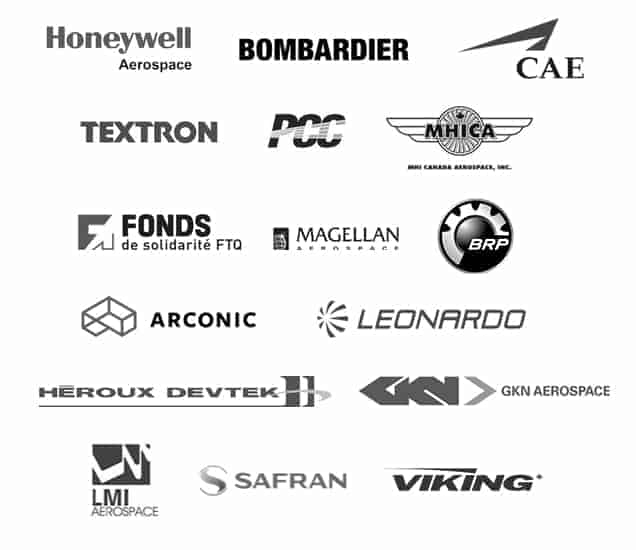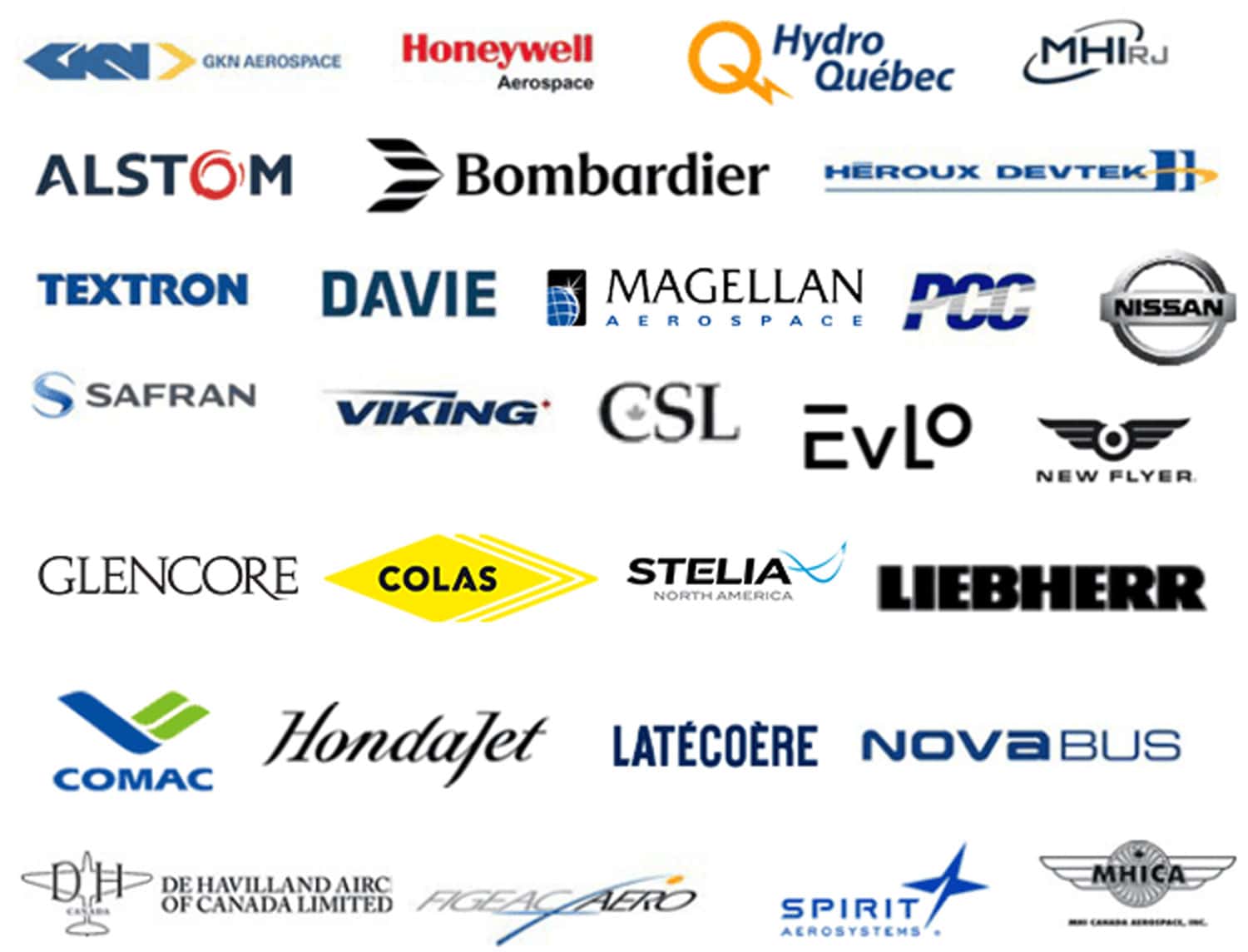Scope of Work
A thriving tier one Canadian aerospace company based in the Toronto area commissioned Global Partner Solutions to take on a big project. The goal was to transform a 400-employee-strong assembly-only facility into a fully operational and self-supporting organization backed up by its in-house procurement function.
At the outset of the project, all parts, details, and assemblies arrived in kits from their parent company, then went straight to our client’s assembly line. The parent company wanted them to take over full responsibility for sourcing within North America nine thousand individual parts, details, and assemblies, including hardware. Because of this, they needed a significant transformation.
Activities
Within one year:
- GPSI brought in a Project leader immediately to lead the transformation process
- The team identified the project plan, milestones, and actions that were needed to move the project forward
- The required personnel (both contractors and permanent staff) was recruited and managed by GPSI. The personnel included: buyers, procurement clerks, ERP/MRP implementation group and leader, tool engineer, MRB liaison engineer, supplier quality engineers, industrial engineers, vice-president of operations, senior manager, HR, and procurement managers
- The team quoted and awarded the majority of critical path parts and details, including wing skins, spars, bulkheads, etc.
- Cost tracking tools were developed and implemented on the shop floor
- Rate increases, as well as the establishment of a procurement organization, meant that GPSI was instrumental in hiring an influx of new employees, taking the overall headcount to 600 employees
- The team completed the transition from the parent company’s full responsibility to the client’s onsite stakeholders
Results
GPSI’s successful transformation project gave way to an organization that can procure all the parts and assemblies efficiently for three aircraft wing platforms for which they have obtained contracts. Furthermore, the transformation project freed the parent company from supporting the site from a parts standpoint, thus improving efficiency and reducing costs.









